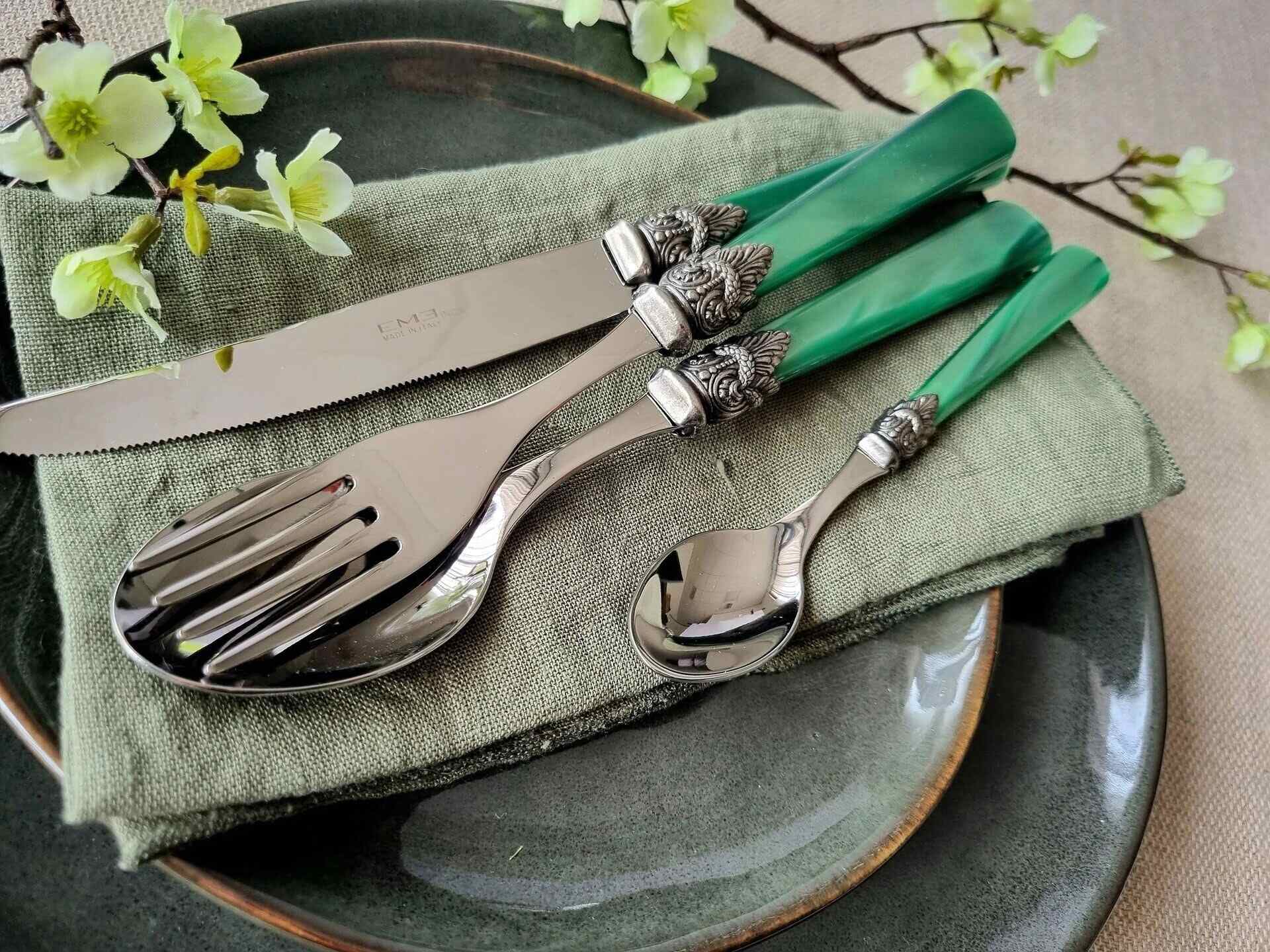

Tableware
What Is Cutlery Made Of
Modified: January 9, 2024
Discover what cutlery is made of and explore the materials used to create tableware. Enhance your knowledge of different types of utensils and their composition.
(Many of the links in this article redirect to a specific reviewed product. Your purchase of these products through affiliate links helps to generate commission for Storables.com, at no extra cost. Learn more)
Introduction
Cutlery, also known as tableware, plays a crucial role in our daily lives. Whether it is a casual family dinner or a lavish feast, the right choice of cutlery can enhance the dining experience. But have you ever wondered what cutlery is made of? From stainless steel to silver, plastic to wood, and even bone, there are various materials used in the manufacturing of cutlery. In this article, we will explore the different materials that make up our beloved tableware.
Before we delve into the specifics, it is important to note that the choice of material for cutlery depends on various factors such as durability, aesthetics, cost, and functionality. Each material has its unique properties and advantages, catering to different preferences and needs.
Now let us embark on a journey to discover the fascinating world of cutlery materials.
Key Takeaways:
- Cutlery materials range from classic stainless steel to luxurious silver and gold-plated options, offering diverse choices for different occasions and styles. Consider durability, maintenance, cost, and environmental impact when selecting the right material.
- Alternative materials like titanium, ceramic, bamboo, and even fish-friendly options provide unique aesthetics and innovative choices for personalized dining experiences. Explore the world of cutlery to elevate every meal with a touch of individuality.
Read more: Where Are Chicago Cutlery Knives Made
Stainless Steel
Stainless steel is one of the most popular materials used in the production of cutlery. It is a versatile and durable material that is resistant to corrosion, rust, and staining. The composition of stainless steel includes iron, carbon, and a minimum of 10.5% chromium, which gives it its unique properties.
There are different grades of stainless steel, with 18/10 stainless steel being the most common for high-quality cutlery. The numbers 18/10 indicate the percentage of chromium and nickel present in the alloy. The chromium content provides the resistance to corrosion, while the nickel content enhances the shine and durability.
Stainless steel cutlery is known for its sleek and modern appearance. It is easy to clean, dishwasher-safe, and does not require polishing. Its durability allows it to withstand regular usage and maintain its appearance for years. However, it is important to note that stainless steel cutlery can be prone to scratching, especially when paired with other metal utensils.
Another advantage of stainless steel cutlery is its affordability. It is a cost-effective option compared to other materials like silver or gold-plated cutlery. With its wide availability and range of styles and designs, stainless steel cutlery offers a practical and stylish choice for everyday use.
Overall, stainless steel cutlery is a popular choice for its durability, low maintenance, and affordability. It is suitable for various dining occasions, whether it is a casual meal or a formal gathering.
Silver
Silver, a precious metal known for its elegance and beauty, has been used in the manufacturing of cutlery for centuries. Silver cutlery is often associated with luxury and fine dining, adding a touch of sophistication to any table setting.
Silver cutlery is typically made from sterling silver, which is an alloy composed of 92.5% silver and 7.5% of other metals such as copper. This combination of metals gives the cutlery strength and durability. The hallmark “925” is used to indicate the silver content in sterling silver cutlery.
One of the distinctive features of silver cutlery is its lustrous shine that adds an elegant touch to any dining occasion. However, silver is a relatively soft metal compared to stainless steel, which means silver cutlery may be more prone to scratches and dents. Regular polishing is necessary to maintain its shine and prevent tarnishing.
Silver cutlery is often considered heirloom-worthy, passed down through generations as valuable family treasures. Its timeless charm and craftsmanship make it a coveted choice for special occasions and formal events.
While silver cutlery exudes luxury, it is important to consider the higher cost associated with it. The price of silver cutlery can vary depending on factors such as the design, weight, and craftsmanship. Additionally, proper care and maintenance are required to preserve its beauty and prevent damage.
In recent years, silver-plated cutlery has gained popularity as a more affordable alternative to solid silver. Silver-plated cutlery is made by coating a base metal, such as stainless steel, with a thin layer of silver. While it may not have the same value as solid silver cutlery, it still provides an elegant and stylish option for those seeking the silver aesthetic without the hefty price tag.
Overall, silver cutlery offers a touch of opulence and timeless elegance. Its exquisite craftsmanship and lustrous appearance make it a desired choice for formal dining occasions and those seeking luxury in their tableware.
Gold-plated
For those looking to add a touch of glamour and luxury to their tableware, gold-plated cutlery is an exquisite option. Gold-plating involves applying a thin layer of gold onto a base metal, such as stainless steel or silver, through a process known as electroplating.
Gold-plated cutlery boasts the elegance and richness of gold without the hefty price tag of solid gold. The gold layer adds a stunning aesthetic to the cutlery, creating a sense of opulence and sophistication. The thickness of the gold layer can vary, with higher quality gold-plated cutlery having a thicker and more durable coating.
One of the advantages of gold-plated cutlery is its resistance to tarnish, thanks to the protective layer of gold. However, it is important to handle gold-plated cutlery with care, as harsh cleaning agents or abrasive materials can damage the gold layer. Gently handwashing and drying the cutlery is recommended to ensure its longevity.
Gold-plated cutlery is a popular choice for special occasions and formal events, as it adds a touch of elegance and sophistication to the dining experience. It is often favored by those seeking a luxurious and glamorous table setting.
When it comes to maintenance, regular polishing is not required for gold-plated cutlery. However, it is important to note that over time, the gold layer may wear off, particularly with frequent use and improper care. Replating the cutlery can restore its original luster and prolong its lifespan.
It is worth mentioning that gold-plated cutlery is not suitable for dishwasher usage, as the harsh detergents and high temperatures can damage the gold layer. Handwashing and gentle drying are recommended to ensure the longevity of the gold-plating.
Overall, gold-plated cutlery offers a luxurious and elegant option for those who want to make a statement with their tableware. Its stunning appearance and affordability make it a popular choice for special occasions and those seeking a touch of glamour in their dining experience.
Plastic
Plastic cutlery is a versatile and practical option for various dining situations. Made from different types of plastic, such as polypropylene or polystyrene, plastic cutlery is lightweight, affordable, and convenient.
One of the key advantages of plastic cutlery is its disposability. Plastic utensils are often used for picnics, barbecues, parties, and other events where quick and easy cleanup is desired. Their disposable nature eliminates the need for washing and reduces the risk of breakage or loss.
Plastic cutlery comes in a wide array of colors, shapes, and designs, allowing for customization and personalization. This makes it popular for themed parties or events where matching the tableware to the overall decor is desired.
However, it is important to note that plastic cutlery is not known for its durability. The lightweight nature of plastic makes it prone to bending or breaking, especially with firmer foods. It is typically not recommended for heavy-duty use or cutting through tough textures.
Another consideration when using plastic cutlery is its impact on the environment. Single-use plastic cutlery contributes to plastic waste pollution and takes a long time to decompose. As a more sustainable alternative, some companies are now producing biodegradable or compostable plastic cutlery made from plant-based materials.
Plastic cutlery is generally dishwasher-safe, making it easy to clean and reuse if desired. However, it is important to check the guidelines provided with the specific type of plastic to ensure compatibility with high heat and dishwasher detergents.
In summary, plastic cutlery offers convenience, affordability, and customization options for various dining scenarios. While it may not have the same durability or eco-friendliness as other materials, plastic cutlery remains a popular choice for its practicality and ease of use.
When it comes to cutlery, the most common materials used are stainless steel, silver, and plastic. Stainless steel is durable and easy to maintain, while silver adds a touch of elegance. Plastic cutlery is convenient for outdoor events and picnics.
Read more: Where Is Circle SH Cutlery Made
Wood
Wooden cutlery is a natural and eco-friendly option that adds a rustic and charming touch to the dining experience. It is made from different types of wood, such as bamboo, birch, or beech, which are known for their strength and durability.
One of the key advantages of wooden cutlery is its aesthetic appeal. The natural grain patterns and warm tones of wood create a unique and inviting visual appeal, perfect for both casual and formal table settings. Wooden cutlery blends well with various decor styles, adding a touch of nature and warmth to the dining experience.
Wooden cutlery is lightweight and comfortable to hold, making it a popular choice for picnics, outdoor events, or camping trips. It is less prone to conduct heat, providing a cool touch even when used with hot foods.
Another benefit of wooden cutlery is its eco-friendliness. Wood is a renewable resource, and many manufacturers use sustainable practices to ensure minimal environmental impact. Additionally, wooden cutlery is biodegradable and compostable, meaning it will naturally break down over time without leaving a lasting ecological footprint.
Although wooden cutlery can be more delicate compared to other materials like stainless steel, proper care can extend its lifespan. It is recommended to hand wash wooden cutlery and gently dry it after use to prevent warping or cracking. Applying a food-grade oil or wax periodically can help maintain its smooth texture and prevent drying out.
Wooden cutlery is not suitable for dishwasher use, as prolonged exposure to moisture and heat can cause damage. It is also important to keep in mind that wooden cutlery may absorb flavors and odors from certain foods, so it is recommended to avoid prolonged contact with strong-smelling ingredients.
In summary, wooden cutlery offers a natural and environmentally-friendly option for those seeking a rustic and organic dining experience. Its aesthetic appeal, lightweight design, and eco-friendliness make it a popular choice for various occasions, adding a touch of charm to the table.
Bone
Bone cutlery, also known as bone handled cutlery, is a unique and traditional choice that adds a touch of elegance to the dining table. It is characterized by handles made from animal bones, such as cattle or oxen, which are carefully crafted and polished to create stunning pieces of cutlery.
The use of bone in cutlery dates back centuries, originating from the need for a material that could provide a comfortable grip while also being durable. Bone handles offer a smooth and tactile surface that is cool to the touch, making them comfortable to hold during mealtime.
One of the distinctive features of bone cutlery is its natural beauty. The unique patterns and textures of the bone handles give each piece a one-of-a-kind appearance. The bone can be left in its natural color or dyed to achieve different shades, adding an artistic touch to the table setting.
It is important to note that the use of animal bones for cutlery handles is a byproduct of the food industry. No animals are specifically killed for the purpose of making bone cutlery. The bones used are sourced from animals raised for meat consumption.
While bone cutlery is prized for its aesthetic appeal and historical significance, it does require proper maintenance to preserve its quality. Handwashing and gentle drying are recommended to prevent the bone handles from deteriorating or becoming brittle. Additionally, bone cutlery should be kept away from high heat and harsh detergents, as these can cause damage.
Due to its unique and traditional nature, bone cutlery is often reserved for special occasions or as decorative pieces. It is not as widely used for everyday dining due to its delicate nature and additional care requirements.
In summary, bone cutlery offers a distinct and elegant option for those looking to bring a touch of heritage and craftsmanship to their table. The natural beauty of bone handles, combined with their comfortable grip, make them a cherished choice for special events and collectors of unique tableware.
Other Materials Used in Cutlery Manufacturing
Aside from the commonly known materials such as stainless steel, silver, gold-plated, plastic, wood, and bone, there are other unique materials used in the manufacturing of cutlery. These materials offer alternative options for those seeking unconventional and innovative tableware.
One such material is titanium, known for its lightweight and durable properties. Titanium cutlery is corrosion-resistant and hypoallergenic, making it an excellent choice for those with metal sensitivities. Its sleek and modern appearance adds a contemporary touch to any dining setting.
Another material gaining popularity is ceramic or porcelain. Ceramic cutlery is known for its elegance and delicate beauty. It is lightweight, bacteria-resistant, and offers a smooth and pleasant eating experience. Ceramic cutlery comes in a variety of colors and designs, allowing for creative and artistic table settings.
For those seeking eco-friendly options, cutlery made from bamboo or other sustainable materials is a great choice. Bamboo cutlery is lightweight, biodegradable, and renewable. It is perfect for outdoor dining or eco-conscious individuals looking to reduce their carbon footprint.
Some manufacturers even experiment with unconventional materials such as resin, acrylic, or even upcycled materials like recycled plastic, glass, or metal. These materials offer unique textures, colors, and designs, allowing for individuality and personal expression.
Additionally, there are specialized cutlery materials designed for specific purposes. For example, fish knives made from fish-friendly materials such as fishbone or fish-shaped handles are used to delicately separate fish meat from bones. These specialized materials enhance the experience and efficiency of specific dining situations.
It is important to note that while these alternative materials offer intriguing options, they may not possess the same durability and versatility as traditional materials like stainless steel or silver. Care should be taken to ensure proper usage, cleaning, and maintenance according to the manufacturer’s recommendations.
Overall, the world of cutlery manufacturing continues to evolve, offering a wide range of materials to cater to diverse aesthetic preferences, functional needs, and environmental considerations. Exploring these alternative materials can bring a unique and personal touch to the dining experience, elevating the enjoyment of every meal.
Conclusion
Cutlery is an essential part of our dining experience, and understanding the materials used in its manufacturing can help us make informed choices that align with our preferences and needs.
From the classic and versatile stainless steel to the luxurious and timeless silver and gold-plated options, the range of materials available for cutlery provides a wide array of choices for different occasions and styles.
Plastic cutlery offers convenience and affordability, while wooden cutlery brings a natural and rustic charm to the table. Bone cutlery showcases elegance and craftsmanship, while alternative materials like titanium, ceramic, and bamboo offer unique aesthetics and innovative options.
Each material has its own characteristics and advantages, whether it’s the durability and sleek appearance of stainless steel or the luxurious appeal of silver and gold-plated cutlery. It’s important to consider factors such as durability, maintenance, cost, and environmental impact when selecting the right material for our cutlery.
Regardless of the material chosen, proper care and maintenance are essential to preserve the quality and longevity of the cutlery. Following the manufacturer’s recommendations for cleaning and storage ensures that the cutlery remains in good condition for years to come.
In conclusion, the world of cutlery offers a diverse range of materials to suit every taste and occasion. Whether you prefer the traditional charm of silver or the modern durability of stainless steel, there is a material that will enhance your dining experience and reflect your personal style.
So, next time you set the table, take a moment to appreciate the craftsmanship and thought that goes into the cutlery you choose, and enjoy your meal with the perfect utensils in hand.
Frequently Asked Questions about What Is Cutlery Made Of
Was this page helpful?
At Storables.com, we guarantee accurate and reliable information. Our content, validated by Expert Board Contributors, is crafted following stringent Editorial Policies. We're committed to providing you with well-researched, expert-backed insights for all your informational needs.
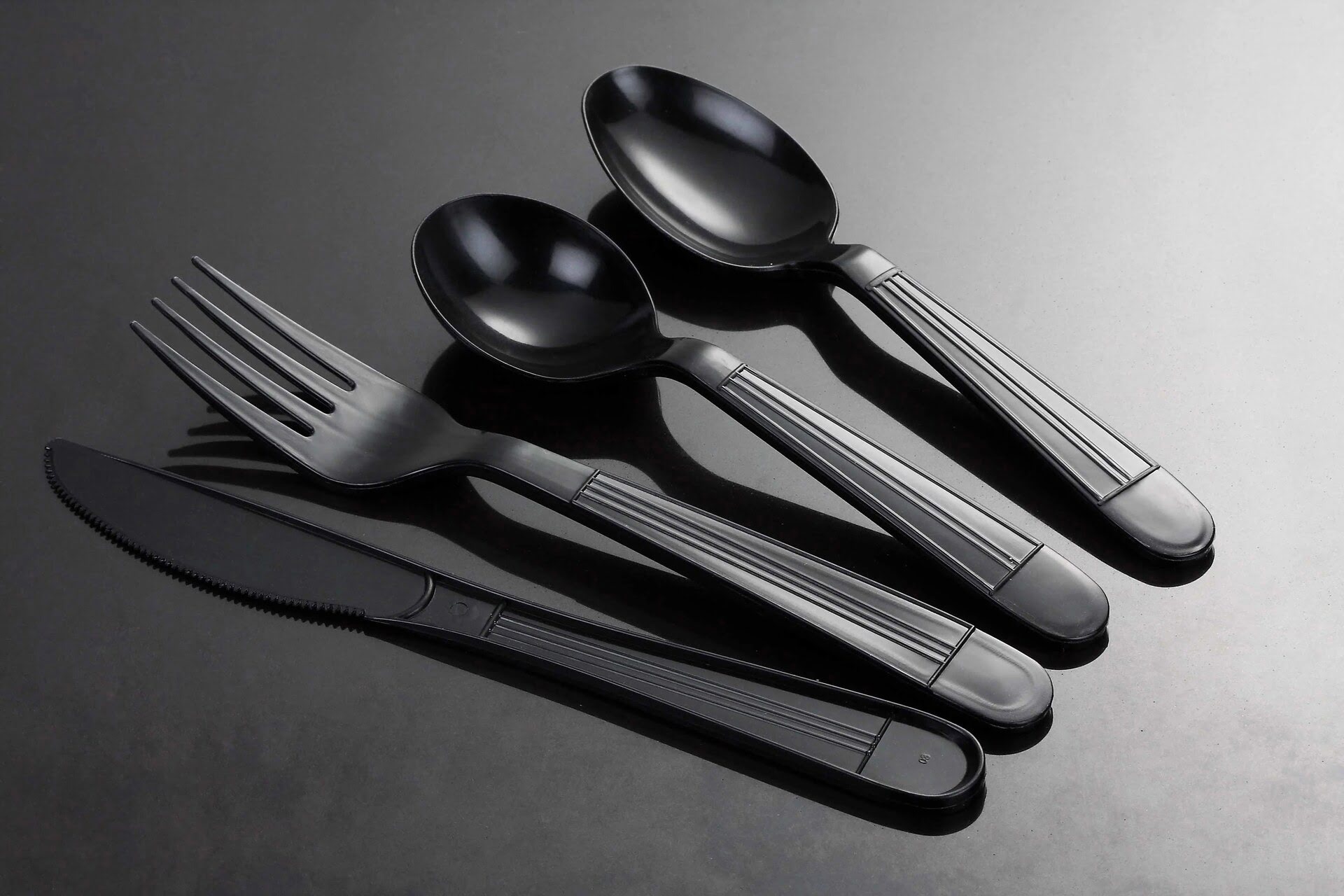
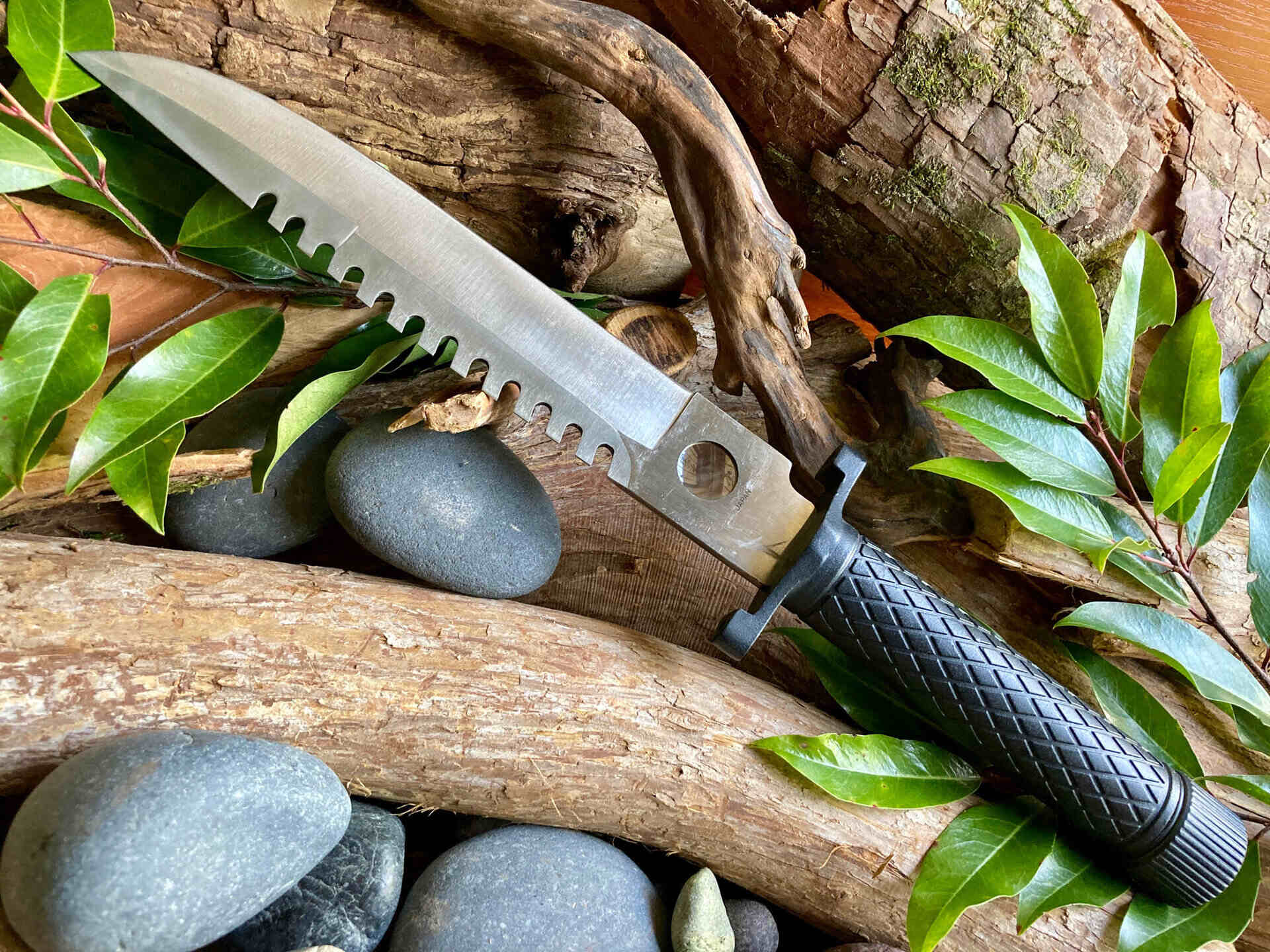
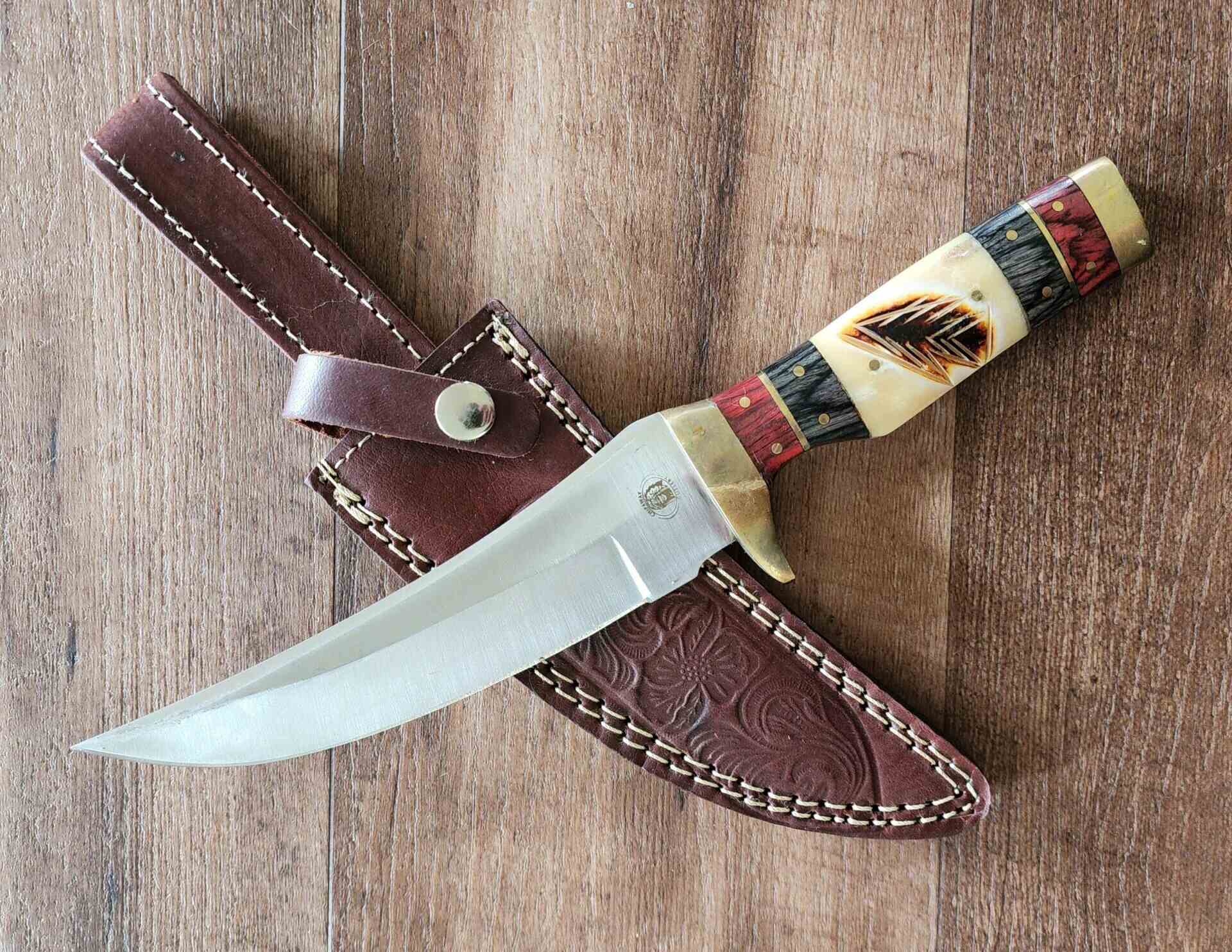
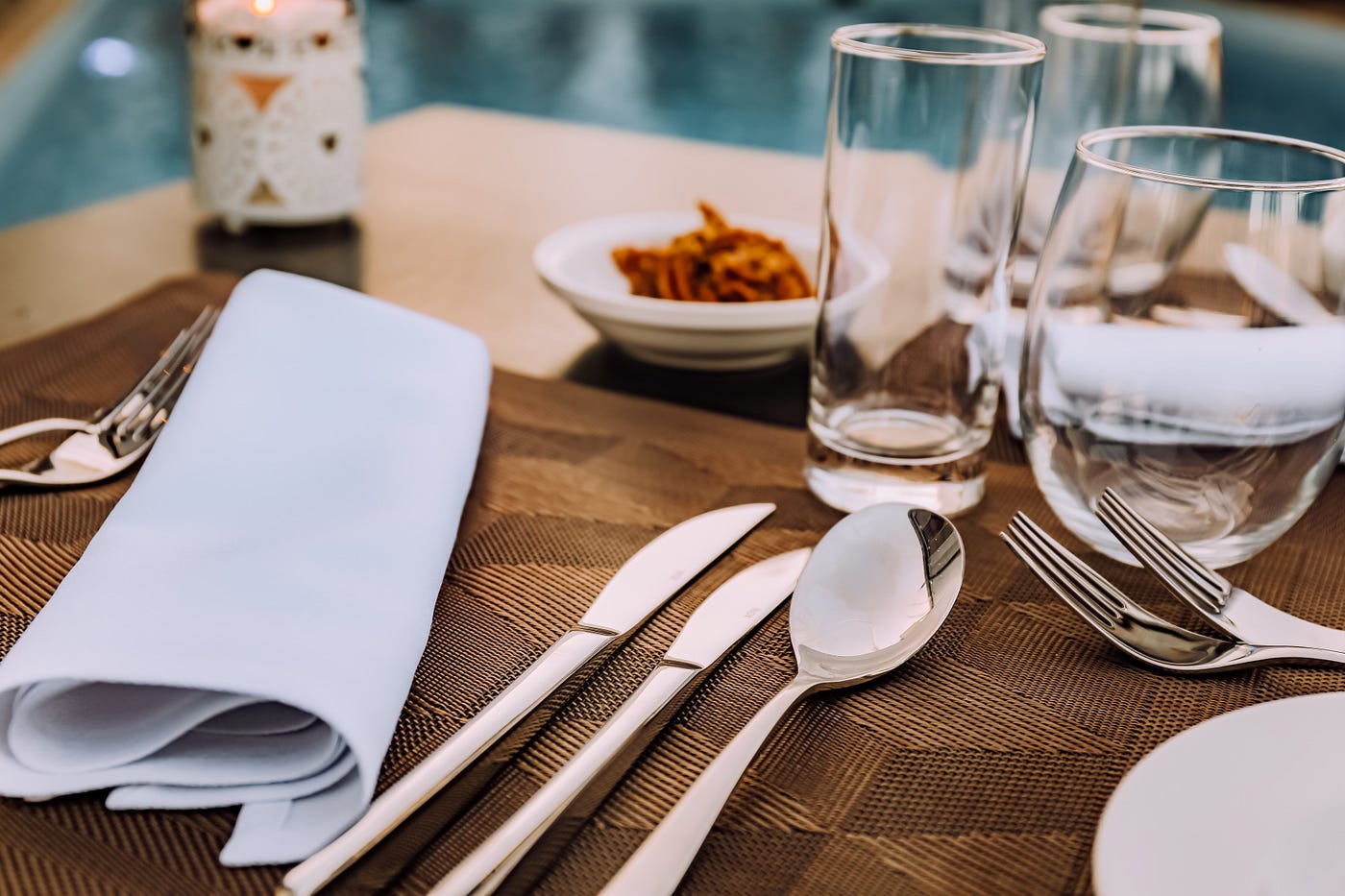
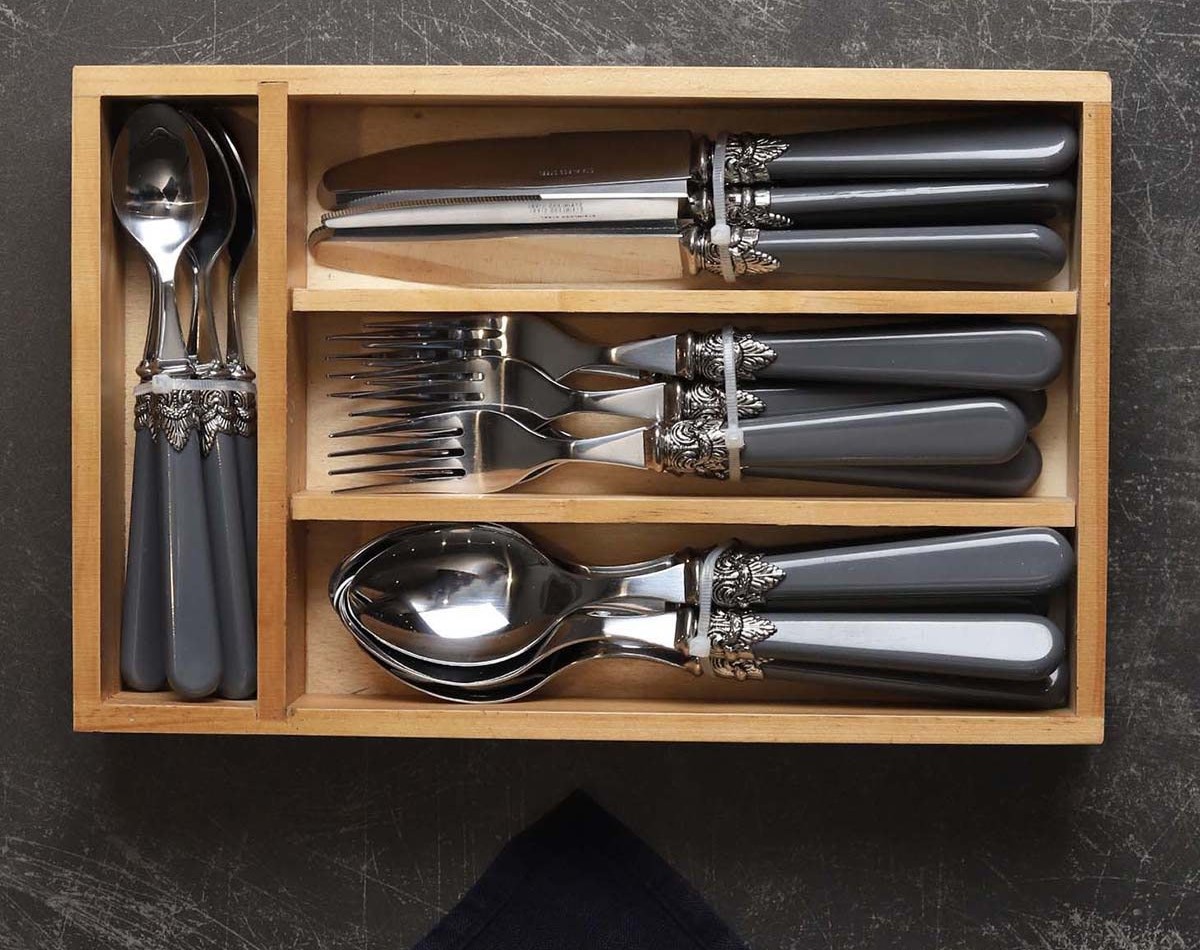
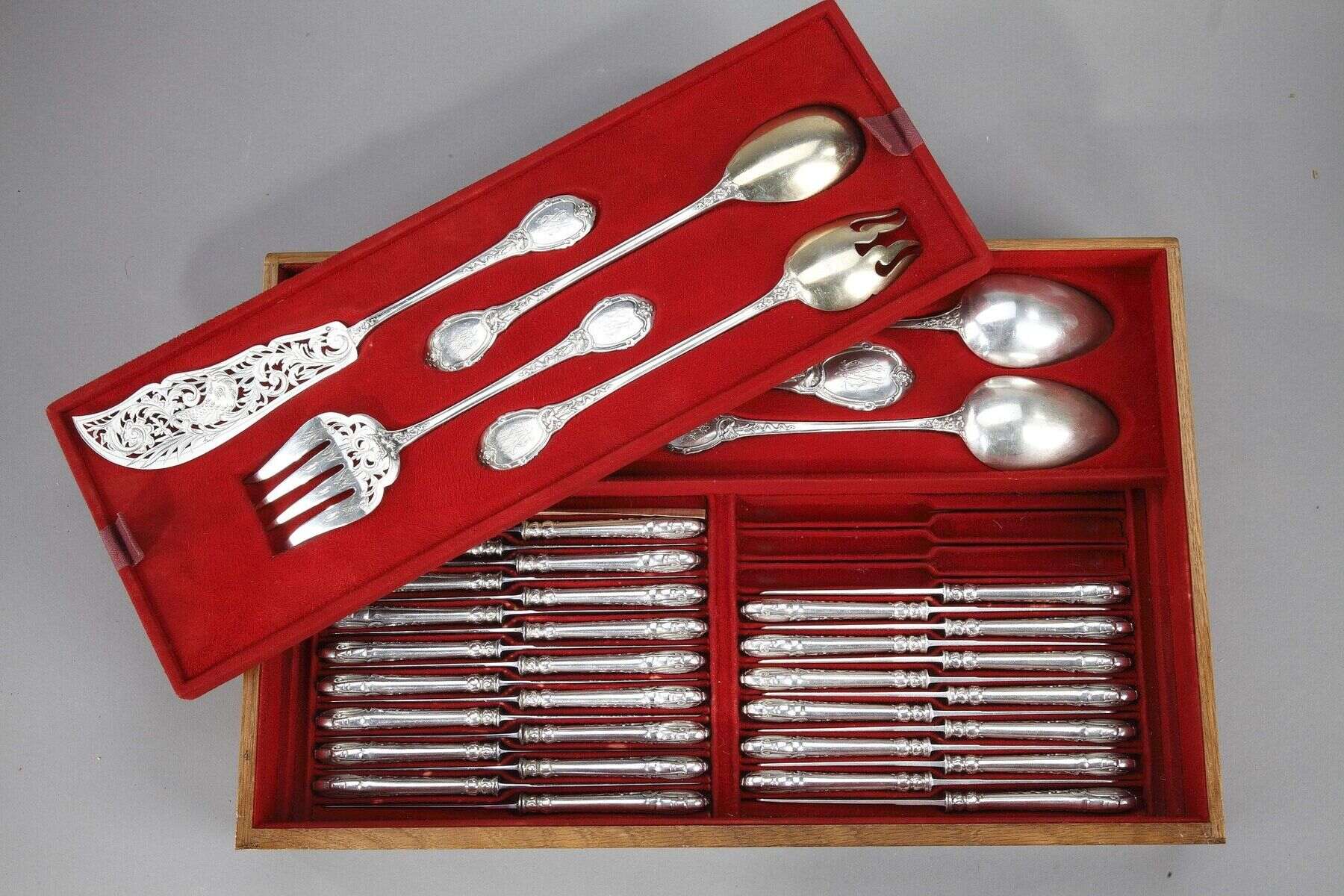

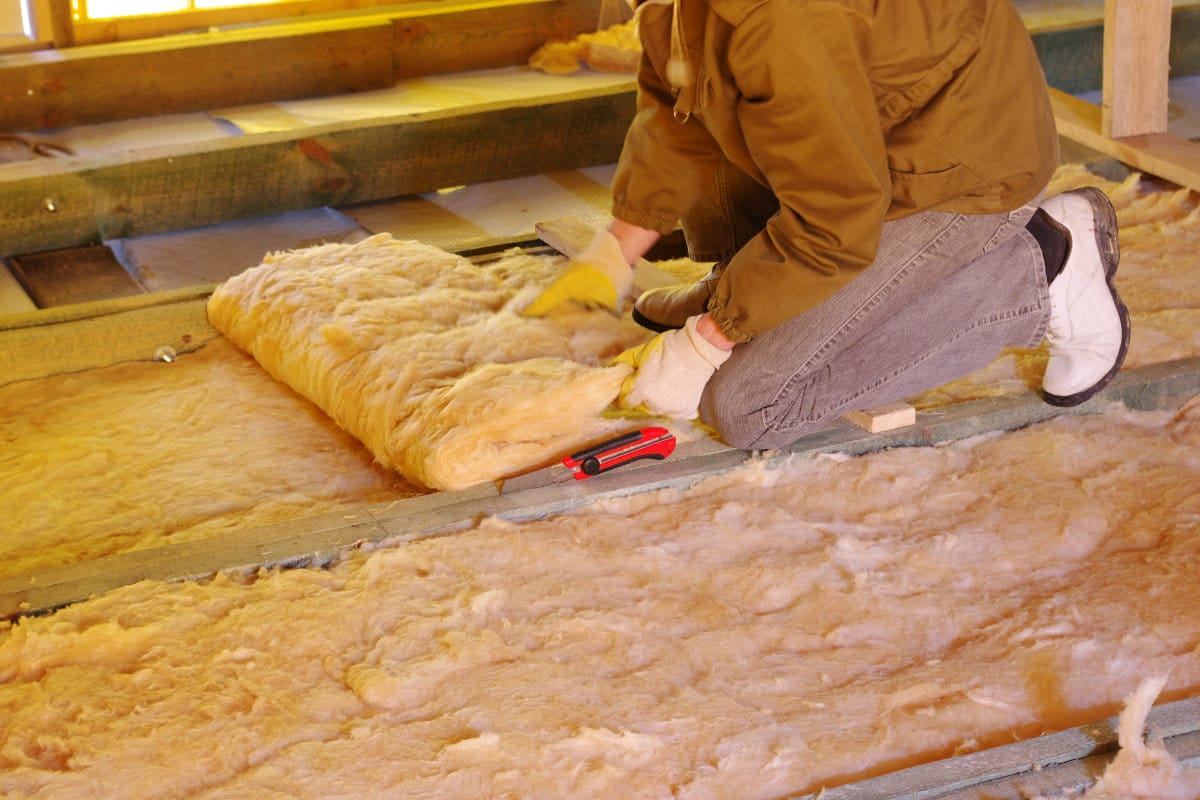

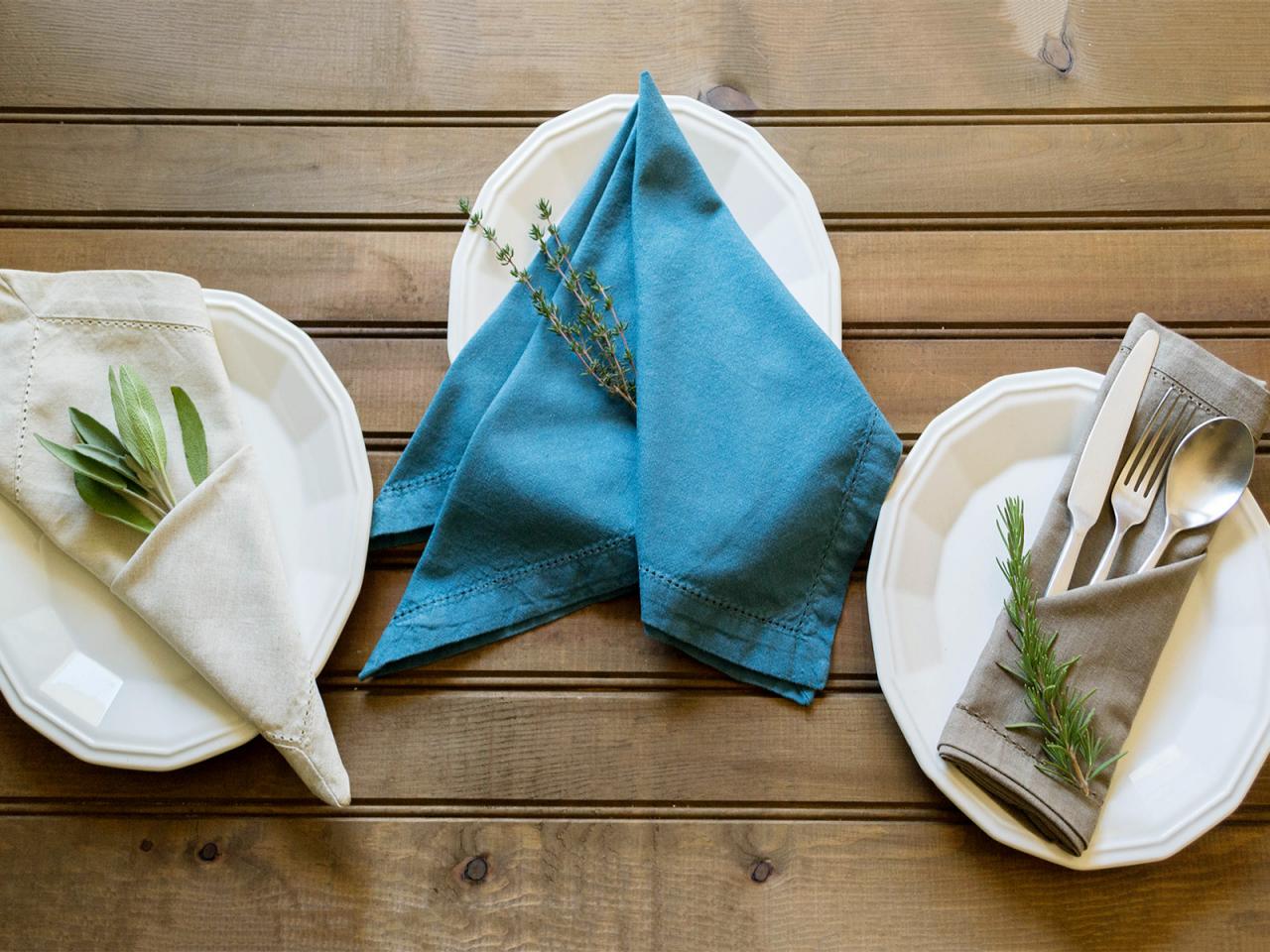
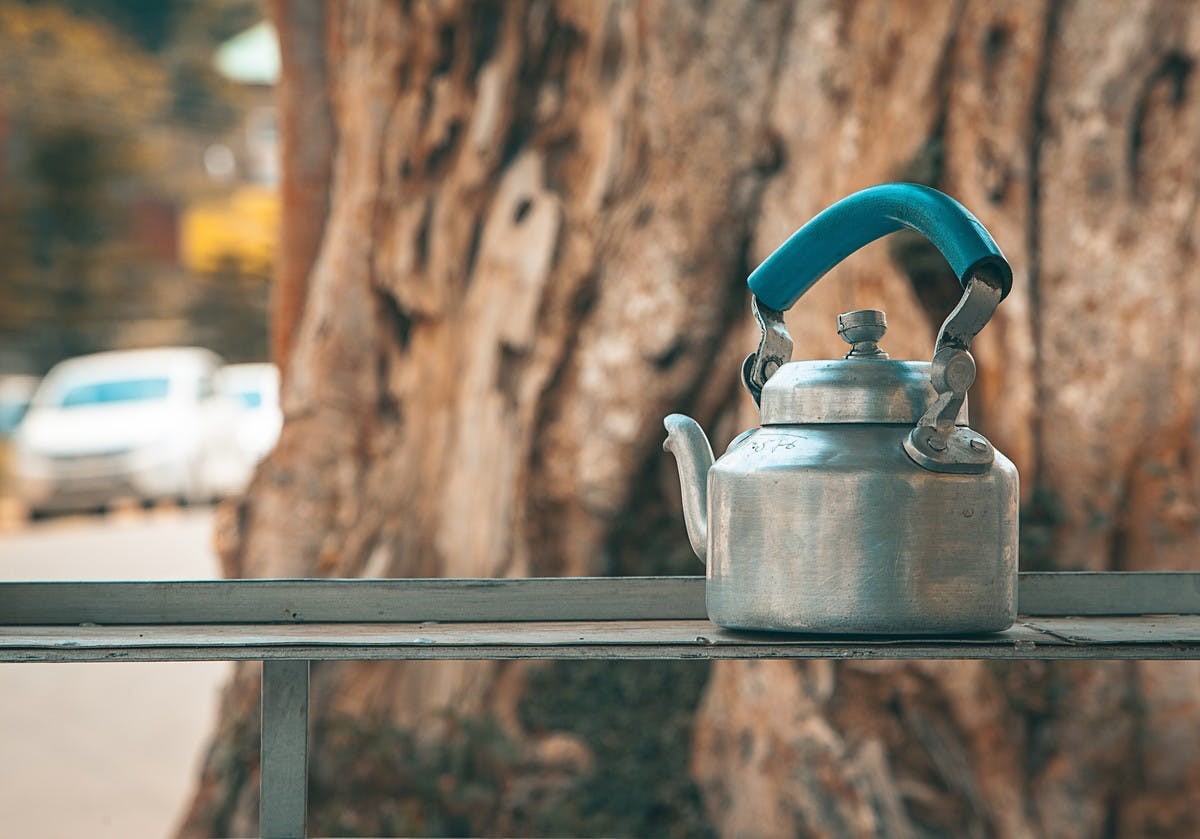

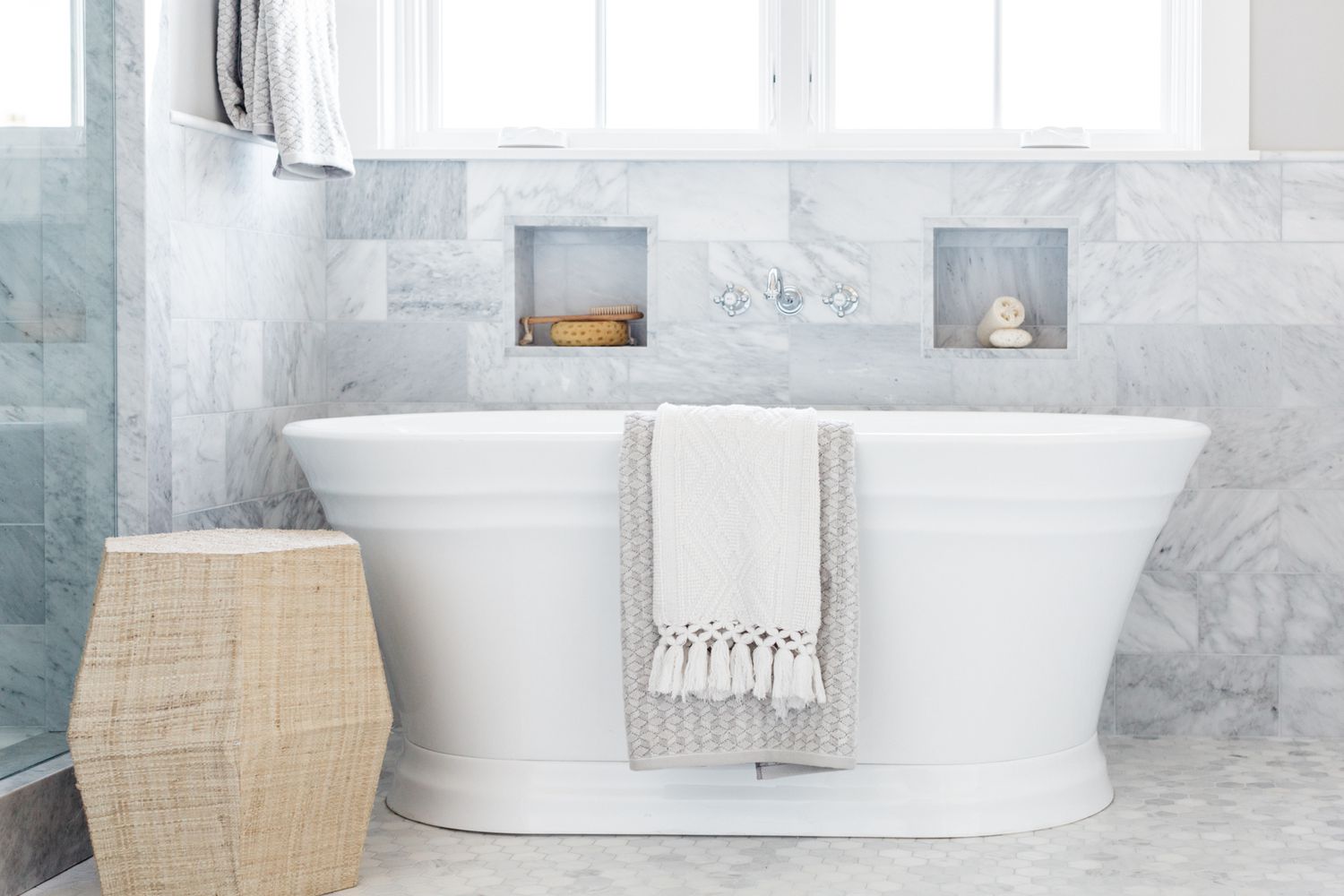
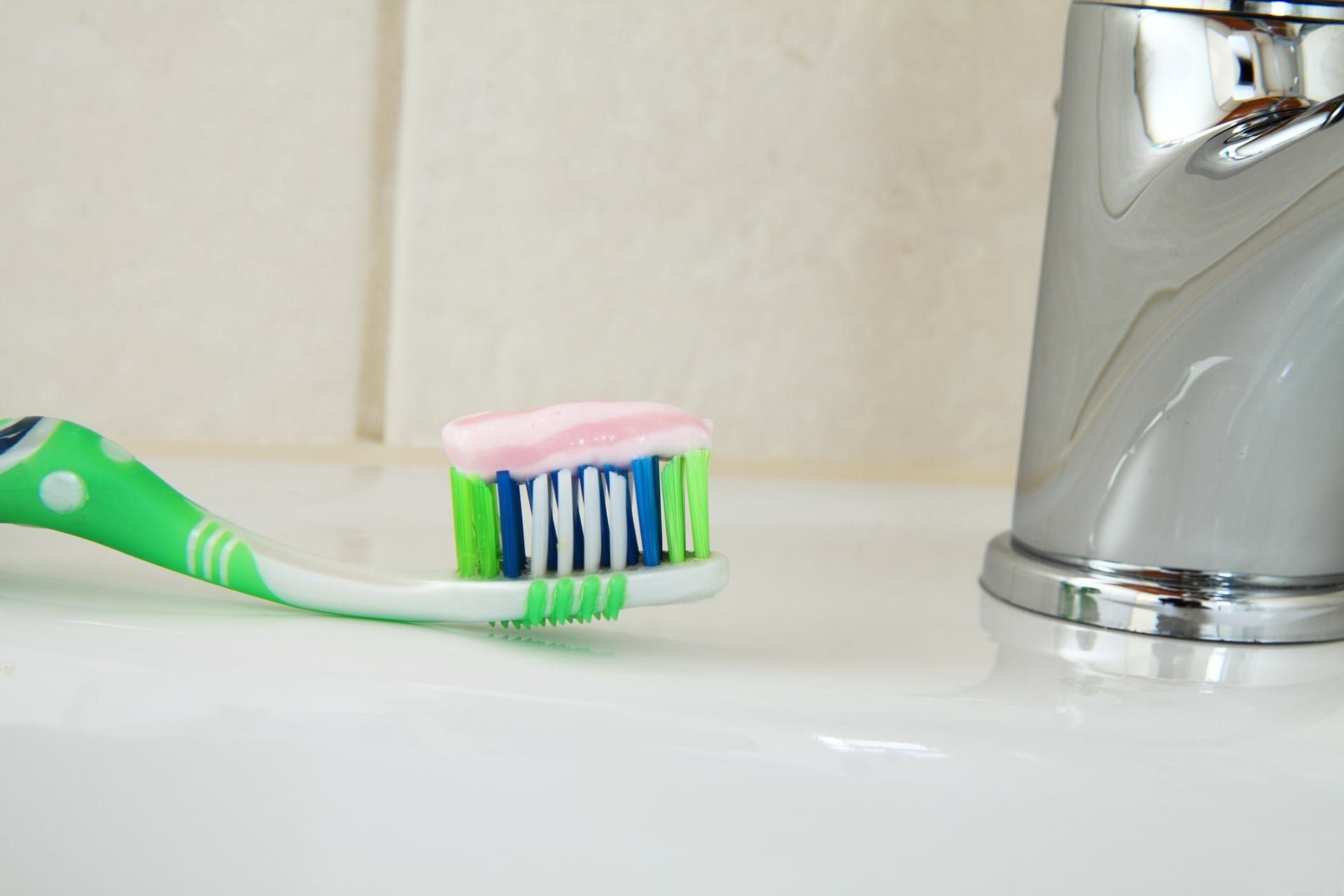

0 thoughts on “What Is Cutlery Made Of”